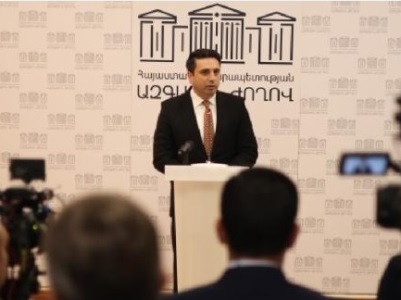Mysterious Deaths of 100 Archaeologists Unveil Ancient Symbols in Iraq’s Largest Archaeological Site: Expert Reveals Startling Findings
More than 100 archaeologists have died in Iraq’s largest archaeological site under mysterious circumstances. According to an expert’s analysis published in the Bulletin, the symbols found at the American Oriental Institute’s investigation have been revealed to have significant meaning. The symbols, which include depictions of deer, lions, goats, horses, and birds, were discovered in the ancient city of Dura-Europos in modern-day Syria. Dating back to 721 BC to 704 BC, these symbols are over 2700 years old. In the past, these descriptions have been compared to Egyptian hieroglyphs and have been subject to various interpretations. While some 19th-century scientists believed them to be mere fantasy and aesthetic designs, later researchers linked them to images of gods. However, archaeologist Martine Worchtington from Trinity College Dublin argues that these interpretations are incomplete. In his article, he suggests that the symbols also contain representations of the name of King Sargon II. Furthermore, there is additional evidence to support this claim. The abbreviated version of a subsequent publication, discovered at the archaeological site, also includes the name of the king. Worchtington proposes an alternative interpretation, suggesting that the symbols may represent astronomical phenomena in the night sky. Some symbols, like the deer and the bull, are recognizable to contemporary people. However, there are also lesser-known symbols such as Akvila, Vont, and Apenus. Worchtington believes that all five interpretations have connections to the Sargasian king as they are located near constellations associated with gods.


